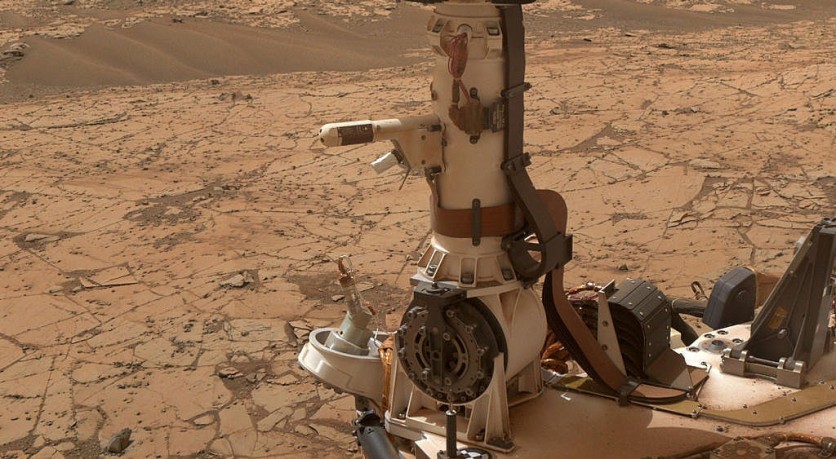NASA's Curiosity Mars rover has just captured stunning views of the planet's landscape. It has recorded images of dry dunes that are proof of drier climates on the planet.
The rover is now in a transition zone from a clay-rich region to an area with sulfate, which is slowly showing a significant shift in Mars' climate billions of years ago. This new discovery is helping scientists better understand the climate on the planet.

Curiosity is now higher on the transition zone that showed dried streams and sand dunes that formed above the lake sediments. As it climbs higher, it is also detecting less clay and more sulfate. Soon, the rover will drill the last rock sample from this zone that will provide a more detailed picture of the changing mineral composition of the rocks.
The new images also suggest that the hills in the area started in a dry environment of large, wind-swept sand dunes that hardened into rock over time. Along with the dunes remains are other sediments that are carried out by the water, which were probably deposited in ponds or small streams that were once a part of the dunes. The sediments now look like erosion-resistant stacks of flaky layers.
This discovery only makes things a bit more complicated, yet it brings in new insights that there were multiple periods on Mars when groundwater ebbed and flowed over time. It has left scientists with puzzle pieces that they need to assemble to form the correct timeline.
Also Read: NASA Mars Curiosity Rover Navigates Back From Gator-Back Terrain | Rocks 'Not' Good For its Wheels
Safe Mode
A few weeks ago, the rover went into safe mode following the detection of a warmer temperature. The safe mode is activated when it senses an issue, and it will shut down automatically. However, its essential functions remain that enable engineers to assess the situation.
Curiosity has returned to normal operations two days later, but they are still analyzing the exact cause of the issue. The engineers suspect that the safe mode was triggered after the temperature sensor provided an inaccurate measurement.
Grousers Issue
The wheels of the rover are also showing signs of wear that were seen on June 4, when the team commanded it to take photos of its wheels. They discovered that the left middle wheel had damaged one of the grousers, which is added to the other four broken grousers. Therefore, there are now five broken grousers out of 19. The grousers are the zig-zagging treads, along with the rover's wheels. To solve this, the team increased its wheel imaging to every 500 meters.
The engineers found that they can safely drive on the wheel rims if needed, and should a single wheel break a huge chunck of the grousers, they can do a controlled break to shed the pieces that are left. The good news is the wheels are holding up, and they are optimistic that the rover can continue its climb.
Related Article: Curiosity Rover Finds Evidence Of Different Environments On Mars
This article is owned by TechTimes
Written by April Fowell




